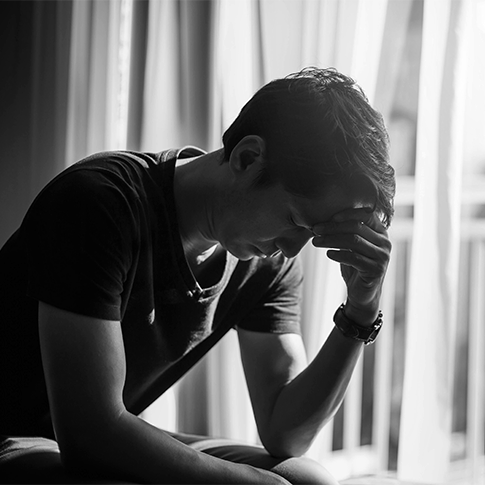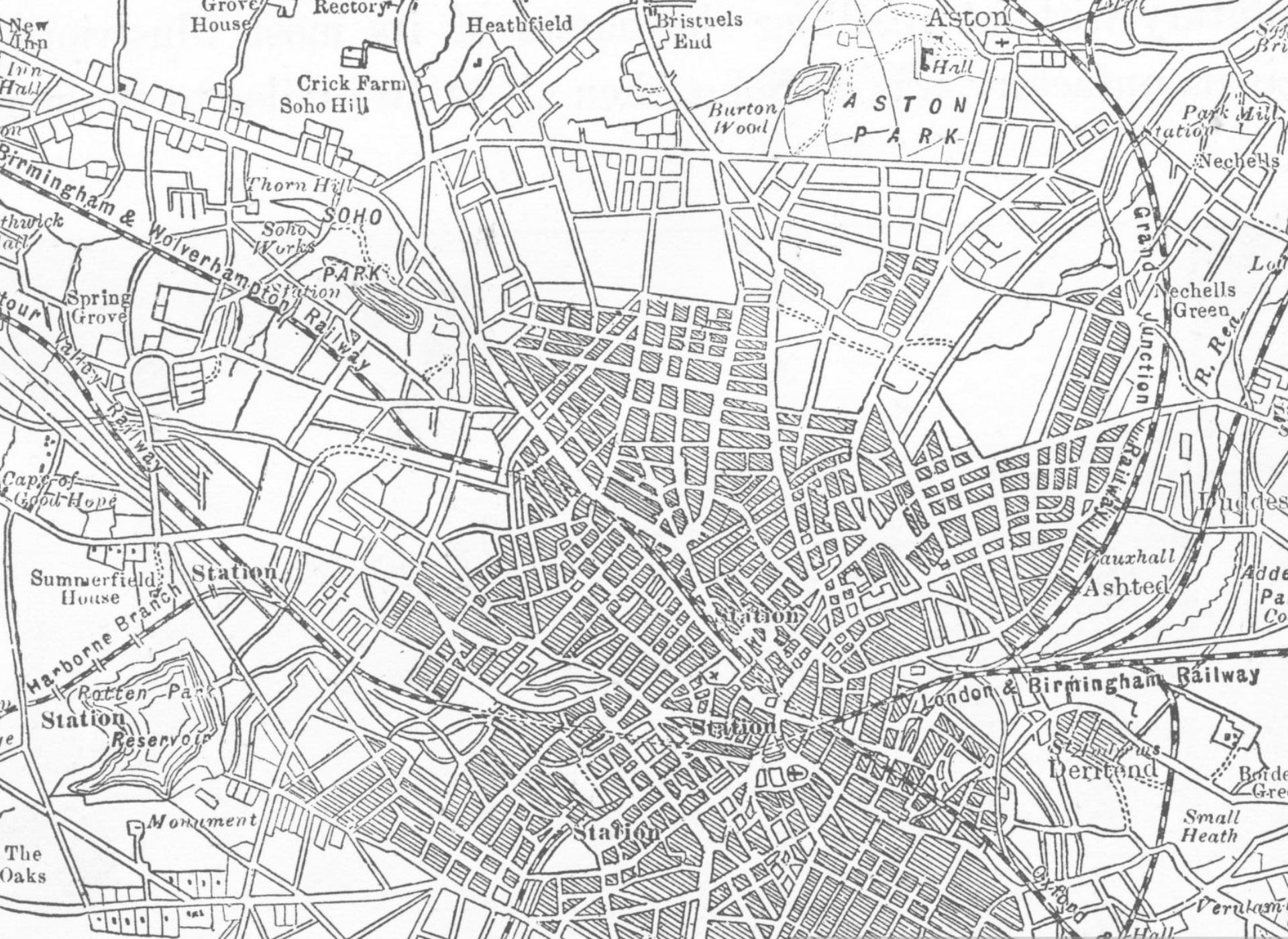How Indecent Images are Categorised and Defined

An indecent image is one showing a child or children, with or without an adult, under the age of 18, which may include a nude or partially clothed child or children, and which may portray one or more posing in a sexual manner.
There are three categories of indecent images which are covered by the Criminal Justice Act 1988 and Protection of Children Act 1978 which are categorised A, B or C according to the level of seriousness.
Helen Holder of KANGS comments upon various aspects of the relevant law.
The Relevant Law
There are three offences with which an individual could be charged involving:
- making,
- distributing,
- possessing
indecent images.
Protection of Children Act 1978
Indecent photographs of children
It is an offence for a person to:
- take, or permit to be taken or to make, any indecent photograph or pseudo-photograph of a child or
- distribute or show such indecent photographs or pseudo-photographs or
- have in his possession such indecent photographs or pseudo-photographs, with a view to their being distributed or shown by himself or others; or
- publish or cause to be published any advertisement likely to be understood as conveying that the advertiser distributes or shows such indecent photographs or pseudo-photographs or intends to do so.
The Act encompasses the making of an indecent image in a variety of ways including:
- opening an attachment to an email containing the image,
- downloading an image from a website onto a computer screen,
- live-streaming images of children.
- storing an image in a directory on a computer,
- accessing a pornographic website in which indecent images appeared by way of an automatic ‘pop-up,’
- receiving an image via social media, even if unsolicited and even if part of a group.
Distribution takes place when a person parts with possession of indecent photographs or pseudo-photographs to another person, or they are exposed or offered for acquisition by another person.
Criminal Justice Act 1988
Possession of indecent photograph of child
It is an offence for a person to have any indecent photograph or pseudo-photograph of a child in his possession.
The definition of possession is provided by R v Okoro (No.3) [2018] EWCA Crim 1929 where it was established that the:
‘prosecution must prove that the images are within the accused’s custody or control such that they were capable of accessing them and they must know that they possess the images. The accused need not know that the photographs were indecent.’
What are the categories of indecent images?
Images are categorised according to their degree of seriousness.
Category A images
These are the most serious category where images or videos display penetrative sexual activity involving a child and an adult or, where there is no adult, another child. Sexual activity with an animal or sadism may be involved.
Category B images
These involve images or video involving non-penetrative sexual activity.
Category C images
These are images or video depicting, for example, a sexual pose with no underwear.
A court will apply an objective test and the case of R v Neal [2011] EWCA Crim 461. stated that a jury is required to consider, amongst other factors, the:
- age of the child; and
- circumstances in which the photograph was taken.
and ‘The motive of the individual taking the photograph of the child is irrelevant when determining whether the photograph of the child is indecent.’
Potential Defence to Possession of Indecent Images
A person charged with an offence may have a potential defence if it can be proven that:
- he had a legitimate reason for having the photograph or pseudo-photograph in his possession; or
- he had not himself seen the photograph or pseudo-photograph and did not know, nor had any cause to suspect, it to be indecent; or
- the photograph or pseudo-photograph was sent to him without any prior request made by him or on his behalf and that he did not keep it for an unreasonable time.
Indecent Images Sentencing Guidelines
Sentencing guidelines for indecent image offences following conviction are provided by the Sentencing Council.
The range of penalties available to the courts is extremely wide covering from up to ten years’ imprisonment for making indecent images and up to five years’ imprisonment for possession of indecent images.
Additionally, depending upon the severity and circumstances of the offence a court may consider a high-level community order.
How Can We Assist?
KANGS have a wealth of knowledge and experience handling allegations of sexual offences gained from many years’ advising and defending clients facing allegations of every conceivable nature.
Our experienced solicitors provide robust and compassionate legal defence for individuals facing charges related to sexual offences, including possession of indecent images.
If you, a family member, or a friend are facing allegations or charges relating to the possession of indecent images, it is essential to seek legal advice without delay. These matters carry serious legal consequences, and it is vital to act quickly. Our experienced solicitors are here to protect your rights and provide clear, confidential guidance throughout the process.
If you require assistance, please do not hesitate to contact us using the details provided below.
Tel: 0333 370 4333
Email: info@kangssolicitors.co.uk
We provide initial no obligation discussion at our three offices in London, Birmingham, and Manchester. Alternatively, discussions can be held through video conferencing or telephone.
Top ranked by leading legal directories Chambers UK and the Legal 500.






